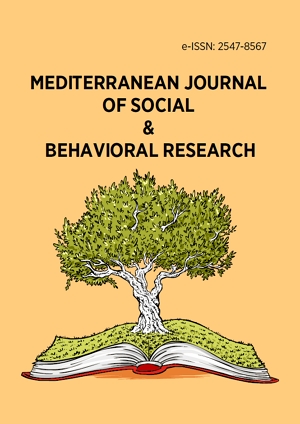Abstract
Nowadays, TikTok social media has rapidly developed which creates an opportunity for marketers to grab customers’ attention by displaying short video ads. For this reason, knowledge of the factors that can influence customer purchase intentions is needed so that marketing strategies can work effectively. This study aims to investigate the effects of the entertainment, informativeness, credibility, irritation, personalization, and interactivity elements of TikTok short video ads on purchase intention through advertising value and attitude toward advertising. A survey was conducted by collecting response from 486 TikTok active users in Indonesia which later analyzed by using PLS-SEM. The results showed that all elements of video advertising on TikTok, except irritation and informativeness, affected purchase intention through perceived advertising value and attitude toward advertising. Among the significant elements of advertising value, personalization had the greatest positive influence on purchase intention through advertising value and attitude toward advertising on brands that advertised in TikTok.
License
This is an open access article distributed under the Creative Commons Attribution License which permits unrestricted use, distribution, and reproduction in any medium, provided the original work is properly cited.
Article Type: Research Article
MEDITERR J SOC BEH RES, Volume 6, Issue 2, June 2022, 35-44
https://doi.org/10.30935/mjosbr/11820
Publication date: 27 Feb 2022
Article Views: 18019
Article Downloads: 20986
Open Access References How to cite this article
 Full Text (PDF)
Full Text (PDF)